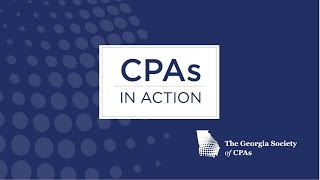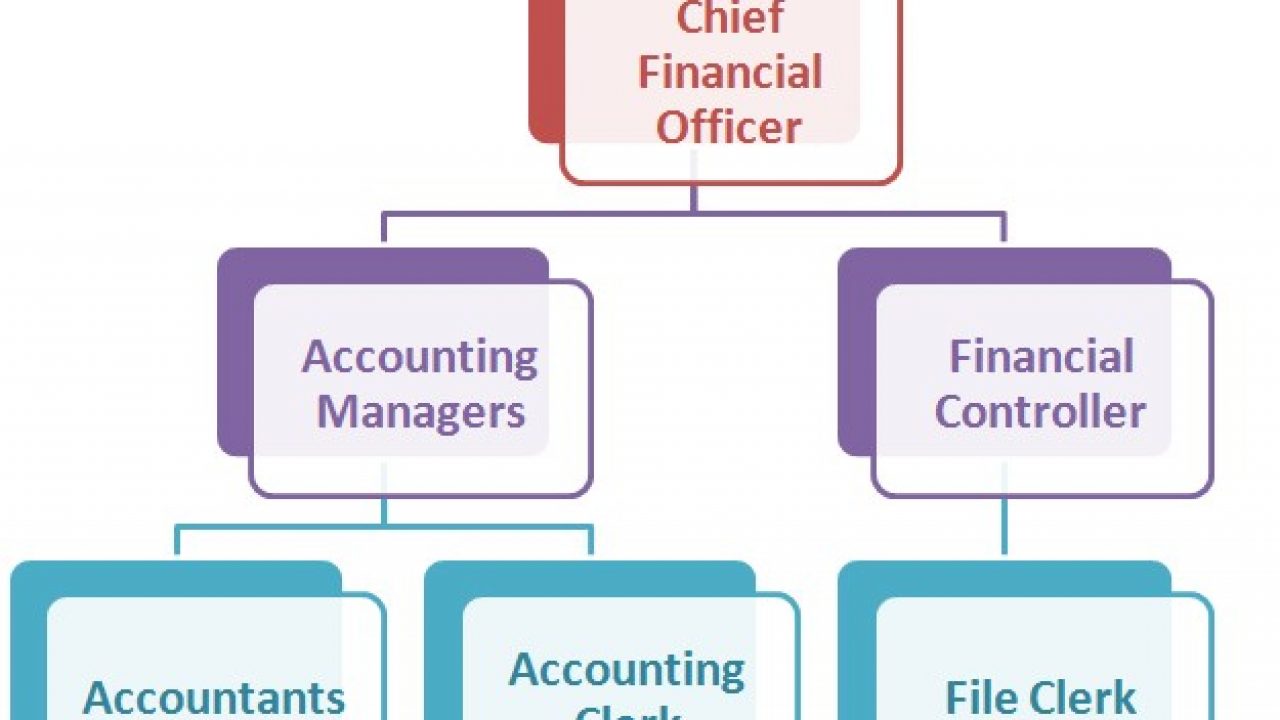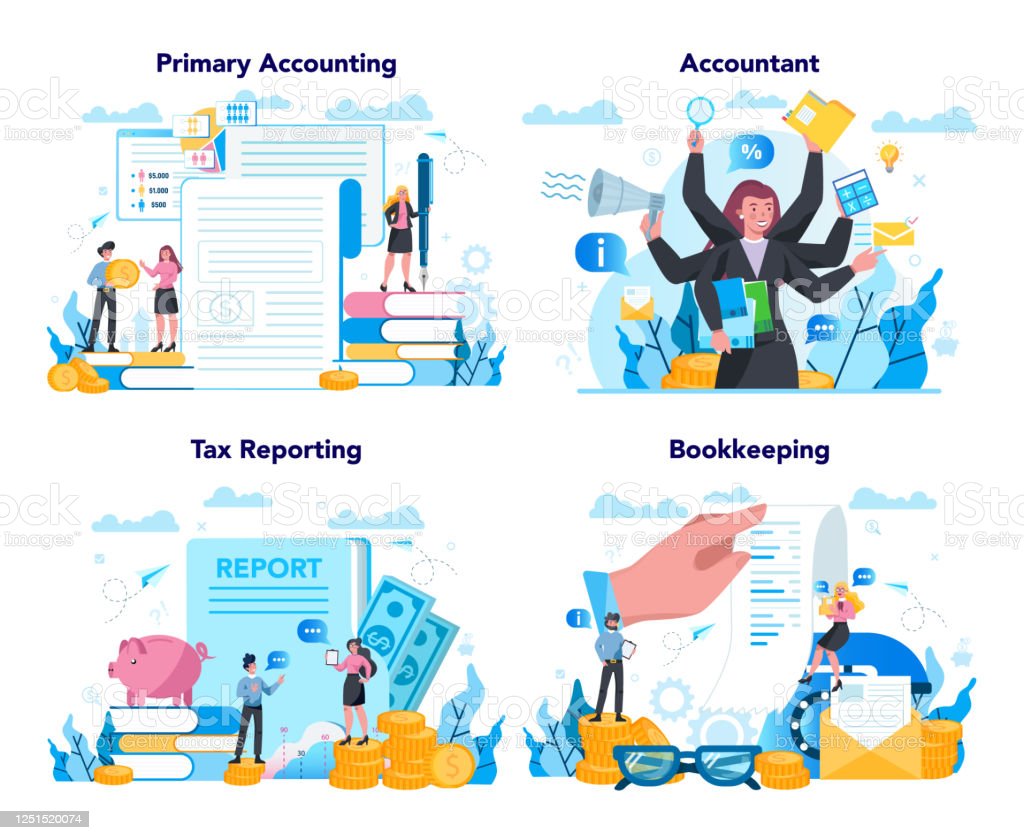
A General Account Ledger is a useful accounting tool that helps you keep track of your accounts. Its primary purpose is to help you keep track of your business' accounts. This type of ledger has many benefits. It is simple to use and can keep track of all transactions in your company. It requires some technical knowledge. Learn about GL codes, Charts of accounts, Columns and Entry order to get you started.
GL codes
For existing data, you can use GL code for general account ledger. It's easy to add numbers into an existing format. It is easy to review the options and use a standard codes. This is one benefit of using a GL Code. It ensures that data is always accurate. It can also be used for tracking revenue from various sources. Learn more about these code in this article.
It is hard to keep track of all the transactions in general account ledgers. The entire ledger can be searched by using GL codes. Restaurant accountants can use GL code to reconcile vendor statements and invoices. They can quickly find specific criteria by using these codes and save both time as well as money. This is an example of how GL Codes for general account leadger can make a real difference to a restaurant’s financial report.

Chart of accounts
First, determine the accounting system your company will use. A mix of general and specific accounts is common for most businesses. Asset accounts document the company's physical and intangible resources. This type ledger allows you analyze your business's performance over several years. Here are some things you should keep in mind as you prepare your chart.
Your chart of accounts will include the accounts that make-up your company. You will then need to enter the accounts into your software. Each account will require an initial balance. This is used to debit or credit transactions. The opening balance for all accounts on your chart should be known. Then, you can use the chart of accounts to review your business's financial statements. You will be better equipped for making informed business decisions if you understand the differences between each type of account ledger.
Columns
To make the most of the information you have, you can sort, filter, and drill by columns within the general account ledger. A large general ledger report can be exported as a PivotTable. This makes it easier for you to identify and visualize meaningful trends. Let's suppose you are looking at insurance payments over the last 20 years. It is your goal to find out the total value of insurance payments for this time period.
It is important to understand how the general account ledgers work in order to fully understand the accounting process. The accounts are arranged the same way as they are on the financial statements. Accounts that belong to the asset section typically have numbers in excess of fifty or 100 digits. Normal account numbers are assigned 10 digits to make it easier for new accounts to be added. In most cases these columns are arranged according to account numbers.

Entry order
In accounting, an entry order is the process of posting debit and credit amounts to a specific account. The entry order process is based upon recording receipts. This includes invoices, incoming payment receipts, cash vouchers and bank statements. Transactions are recorded chronologically with current, opening, and preparatory close entries. To record the factual allocation of all business transactions, these transactions are posted to a general account ledger.
The general ledger consists of five accounts: assets, liabilities (equity), expenses, and equity. Transactions are posted to accounts in the same order as they occur. The number column allows cross-referencing. If a transaction is post to an asset, it will not be recorded as an expense until it has been credited to that asset. This process can be repeated with debits or credits in the same order.
FAQ
What does reconcile account mean?
Reconciliation is the process of comparing two sets numbers. The source set is called the “source,” while the reconciled set is called both.
Source consists of actual figures. The reconciled is the figure that should have been used.
If someone owes $100 but you receive only $50, this would be reconciled by subtracting $50 from $100.
This ensures there are no errors in the accounting system.
What happens to my bank statement if it is not reconciled?
If you fail to reconcile your bank statement, you may not realize that you've made a mistake until after the end of the month.
Then, you will need to start all over again.
What is bookkeeping?
Bookkeeping is the art of keeping records of financial transactions for individuals, businesses, and organizations. It involves recording all business-related income as well as expenses.
All financial information is tracked by bookkeepers. This includes receipts, bills, invoices and payments. They also prepare tax returns as well other reports.
What does an auditor do?
An auditor looks for inconsistencies between the information given in the financial statements and the actual events.
He checks the accuracy of the figures provided by the company.
He also checks the validity of financial statements.
Statistics
- a little over 40% of accountants have earned a bachelor's degree. (yourfreecareertest.com)
- a little over 40% of accountants have earned a bachelor's degree. (yourfreecareertest.com)
- Employment of accountants and auditors is projected to grow four percent through 2029, according to the BLS—a rate of growth that is about average for all occupations nationwide.1 (rasmussen.edu)
- BooksTime makes sure your numbers are 100% accurate (bookstime.com)
- "Durham Technical Community College reported that the most difficult part of their job was not maintaining financial records, which accounted for 50 percent of their time. (kpmgspark.com)
External Links
How To
How to become an accountant
Accounting is the science of recording transactions, and analysing financial data. It involves the preparation and maintenance of various reports and statements.
A Certified Public Accountant, also known as a CPA, is someone who has successfully passed the CPA exam. They are licensed by the state's board of accountancy.
An Accredited Financial Analyst (AFA) is an individual who meets certain requirements set forth by the American Association of Individual Investors (AAII). A minimum of five years investment experience is required to become an AFA by the AAII. They must pass a series exam to verify their understanding of accounting principles.
A Chartered Professional Accountant or CPA (sometimes referred to simply as a chartered accountant) is a professional accounting who has received a degree in accounting from a recognized university. CPAs need to meet the specific educational standards set forth by the Institute of Chartered Accountants of England & Wales.
A Certified Management Accountant, also known as a CMA, is a certified professional who specializes on management accounting. CMAs must pass exams administered annually by the ICAEW. They also need to continue continuing education throughout their careers.
A Certified General Accountant or CGA member of American Institute of Certified Public Accountants. CGAs must take multiple tests. One of these is the Uniform Certification Examination (UCE).
International Society of Cost Estimators has awarded the certification of Certified Information Systems Auditor. Candidates for the CIA certification must complete three levels, which include coursework, practical training and a final assessment.
Accredited Corporate Compliance Office (ACCO), a designation conferred by the ACCO Foundation as well as the International Organization of Securities Commissions. ACOs must have a baccalaureate in finance, business administration or public policy. They also need to pass two written and one oral exams.
The National Association of State Boards of Accountancy's Certified Fraud Examiner credential (CFE), is awarded by NASBA. Candidates must pass three exams, and get a minimum score 70%.
International Federation of Accountants (IFAC), has awarded a certification to an Internal Auditor (CIA). Candidates must pass four exams that cover topics such auditing, compliance and risk assessment.
American Academy of Forensic Sciences gives Associate in Forensic Accounting (AFE), a designation. AFEs need to have graduated from an accredited college/university with a bachelor's level in any other field than accounting.
What does an auditor do exactly? Auditors are professionals who audit financial reporting and internal controls of an organization. Audits can be performed on either a random basis or based on complaints received by regulators about the organization's financial statements.